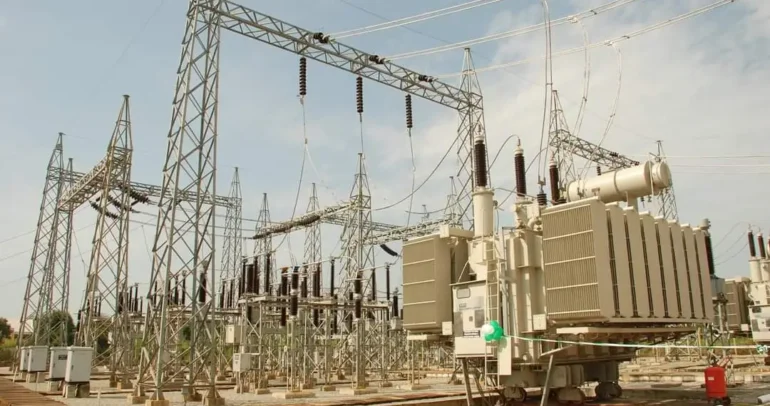The Transmission Company of Nigeria (TCN) has explained that the power fluctuations experienced in parts of the country on Saturday were caused by line trippings, not a grid collapse.
In a statement, TCN spokesperson Ndidi Mbah confirmed that the national grid remained stable despite the disruptions. She explained that at 1:41 pm, the Ihovbor line tripped, followed by the tripping of the Benin-Omotosho line. These incidents primarily affected bulk power supply to the Lagos axis.
Mbah further clarified that the tripping caused a temporary disruption at several power stations, including Egbin, Olorunsogo, Omotosho, Geregu, and Paras. While these facilities were promptly restored, she noted that the restoration of the Benin-Omotosho 330kV line was still ongoing as of Saturday evening.
“At about 1:41 pm, the Osogbo-Ihovbor line tripped, followed by the tripping of the Benin-Omotosho line, impacting bulk supply to the Lagos axis,” Mbah said. “It’s important to note that just before the tripping at 1:00 pm, total grid generation was 4,335.63 MW. After the trippings, generation dropped to 2,573.23 MW, indicating that the grid did not collapse.”
Mbah assured the public that TCN remains dedicated to strengthening the transmission grid to minimize such disruptions in the future.


